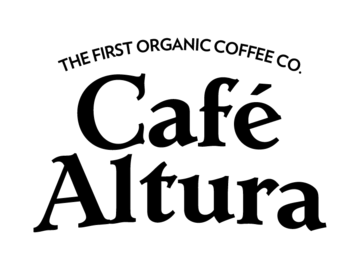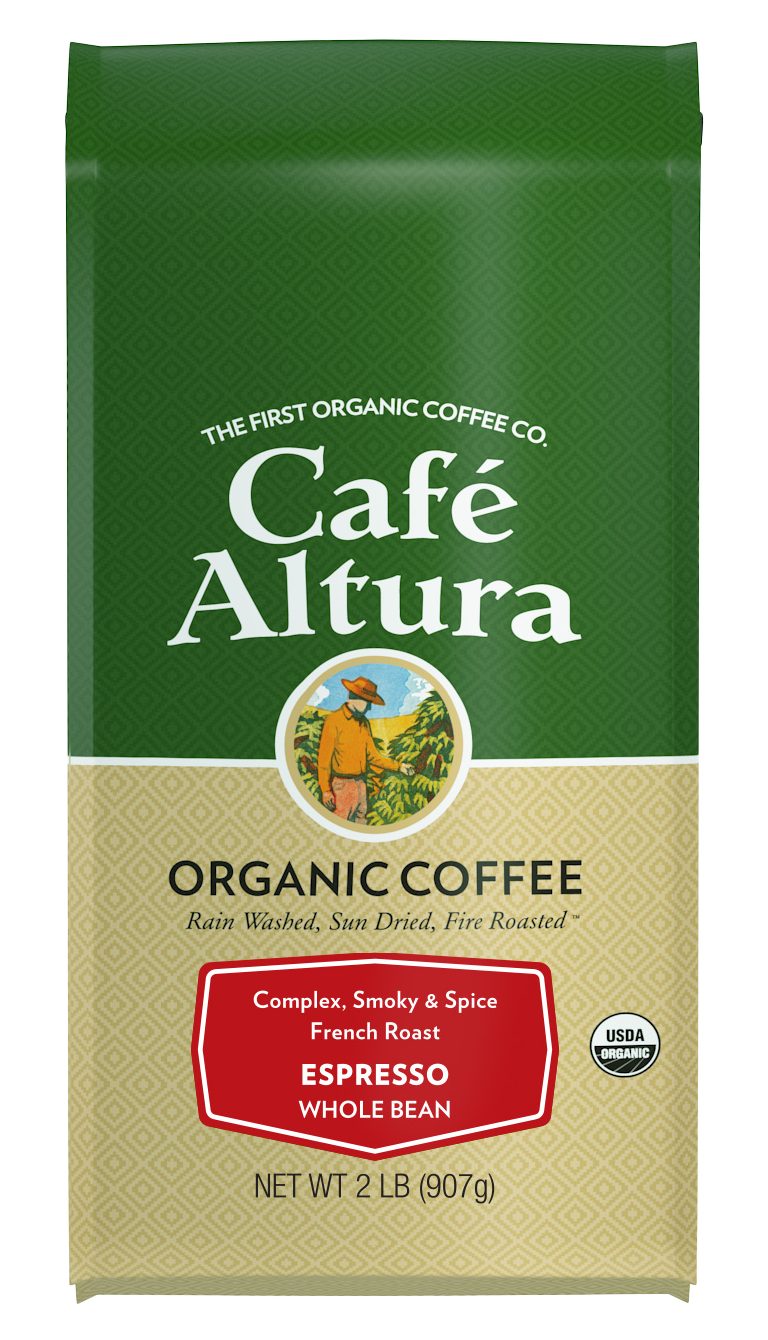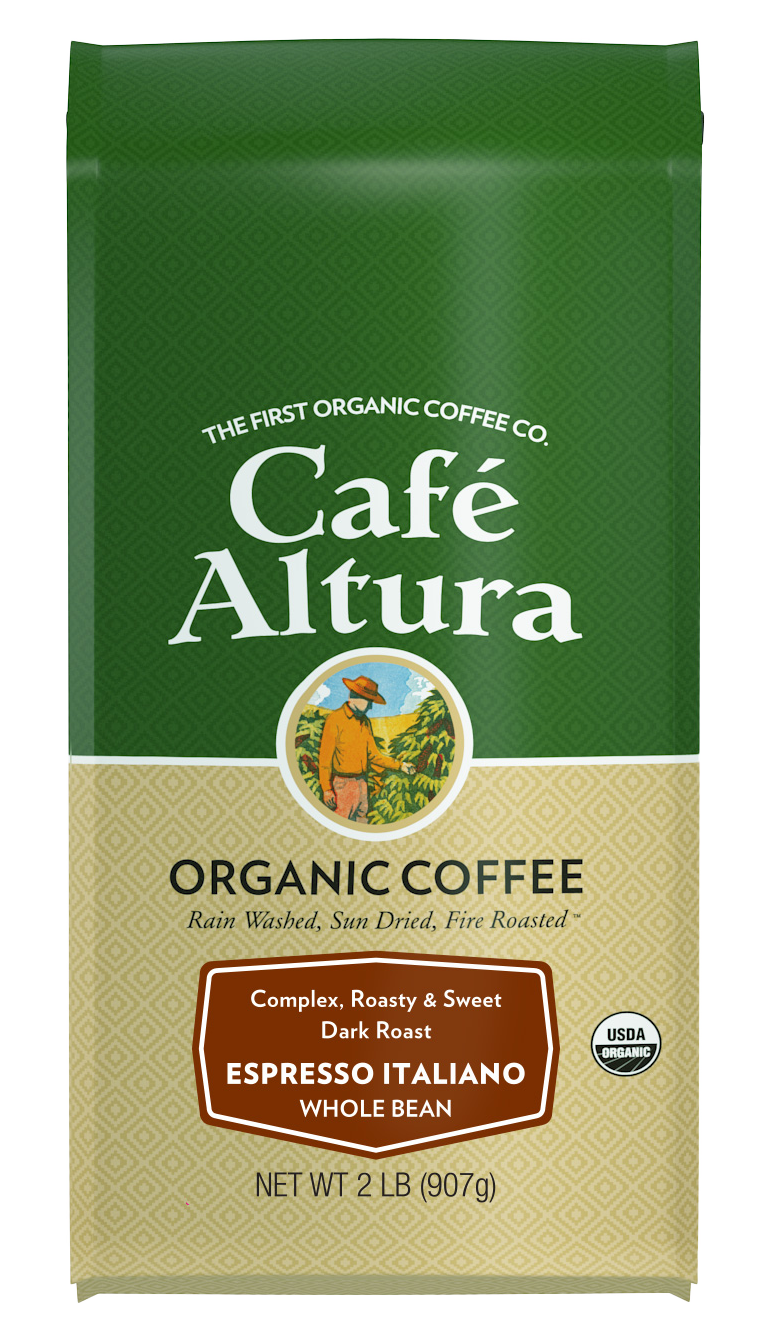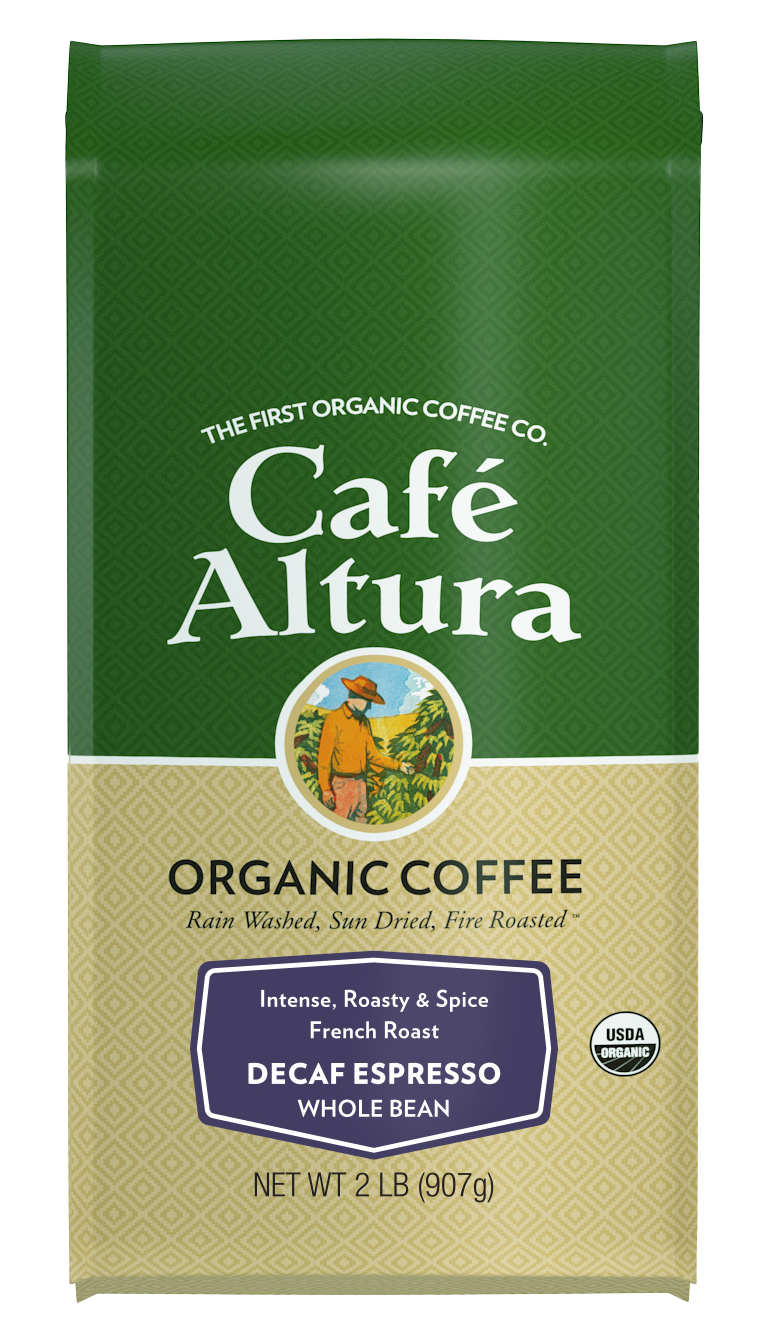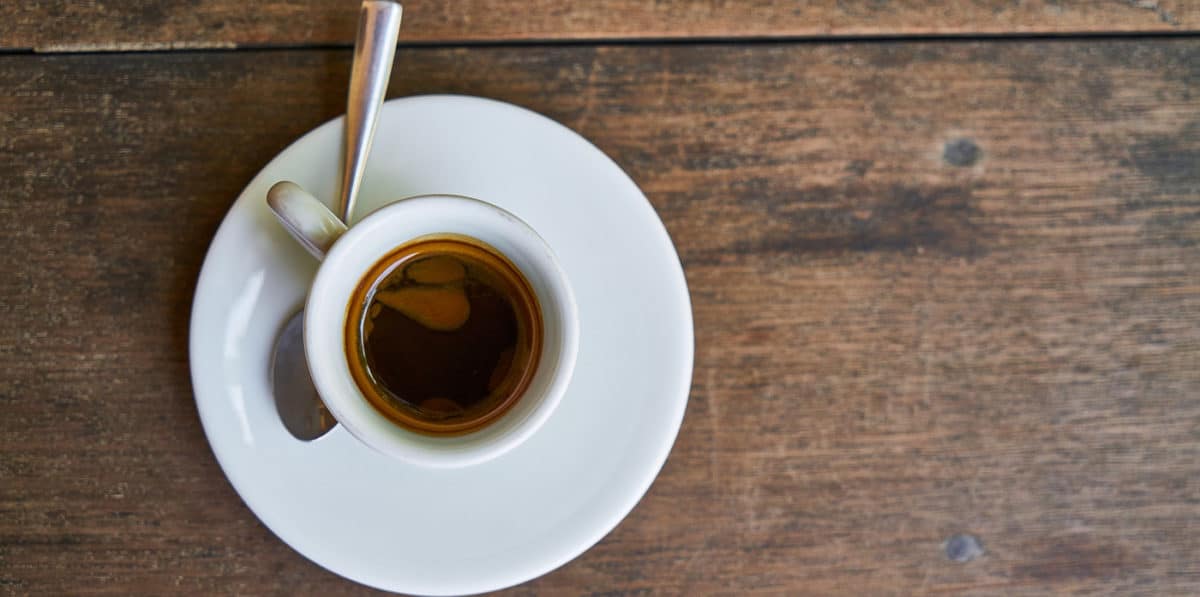
Espresso: A History
Espresso is both the simplest and the purest form of coffee you can have. It’s an expression of Italian coffee culture and a global icon. When we think of coffee in its most idealized form, we think espresso.
Some people imagine that espresso is one of the oldest coffee beverages around. In fact, it’s old but not that old.
Espresso was invented by a brilliant Milanese inventor by the name of Luigi Bezzera, who coupled his passion for steam with a love of coffee and came up with the brilliant yet simple idea of making coffee with steam pressure. This revolutionized the concept of making coffee with a pot of boiling water.
In 1905, Bezzera’s patent was bought by a Desidero Pavoni who commercialized the world’s first espresso machine: La Ideale
Though revolutionary for its time, the “Ideale” bears little resemblance to modern espresso machines. It reached an average temperature of 140 degrees and a 1.5-bar pressure compared to today’s 9-bar pressure machines. The result was more akin to filter coffee than what we would describe as an espresso today.
The new method provided a quick way to make a single, powerful cup of coffee. The word espresso means « pressed coffee » in Italian but it also carries with it the connotation of speed.
Though this method was seen as both novel and revolutionary, its popularity was dampened by the burnt taste due to the use of steam.
However, a new modern coffee culture started to develop in Italy at the beginning of the 20th century. In 1920, the word “espresso” entered the official Italian lexicon described in Alfredo Panzini’s Italian dictionary as: “caffe espresso, made using a pressurized machine or a filter, now commonplace.”
The tranquil, gentlemanly 19th-century coffee houses were being replaced by the more down-to-earth working-class bars that attracted commoners by the strength of the new brew.
The term “barista” came to being in 1938, courtesy of Mussolini, who was dismayed by the use of the term barman, which he felt was too American.
From its heyday in the 20’s, coffee consumption saw a dip in the 30’s and 40’s due to restrictive importation policies and Mussolini’s involvement in World War II making coffee more scarce.
In spite of these circumstances, great improvements were made to the “Ideale.”
In the 1940s, a worker in a coffee grinding factory had the idea of using a screw piston to force water through the coffee instead of steam. This eliminated the burnt taste.
The man responsible for shaping modern espresso was Achille Gaggia, a former Milanese Barista turned inventor in 1947. Gaggia’s hand-pumped machine could exert more pressure than its predecessors over the coffee puck, which squeezed the essential oil and colloids through, creating espresso’s signature feature: Crema.
It took 15 seconds to make an espresso. Legend has it that Gaggia was inspired by watching an American army jeep, which used a hydraulic system. The Gaggia espresso was quick and powerful.
In 1948, Gaggia sold his patent to Ernesto Valente, head of the FAEMA coffee company, which still operates today. Disagreement between Gaggia (who thought his machine should be a luxury item) and Valente (who wanted to democratize it) led FAEMA to create a cheaper version of the machine in 1961: the FAEMA E61.
The FAEMA E61 is the originator of all modern espresso machines today. It was the first semi-automatic machine that required no elbow grease, yet it allowed the barista to manage the extraction parameter, making it both versatile and labor saving. This helped create the unique atmosphere of the Italian bar, where the barista chats with the customer while the espresso is made.
Italian coffee culture is very much alive today. It shows no signs of flagging. Other coffee cultures take much from the Italians, but the reverse is not the case.
High-quality coffee was and still is a mainstay of Italian coffee culture to this day. The top four roasters hold 75% of the market. Customer loyalty and enduring business relationships are also a feature of Italian coffee culture.
Whereas for most of us drinking espresso is about tasting great coffee, for Italians it conjures up fond memories and is a way to express pride in their country and culture.
Next time you have an espresso, remember that you’re enjoying more than a cup of coffee; you’re taking part in a great tradition.
